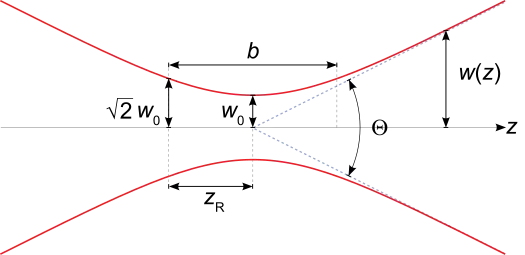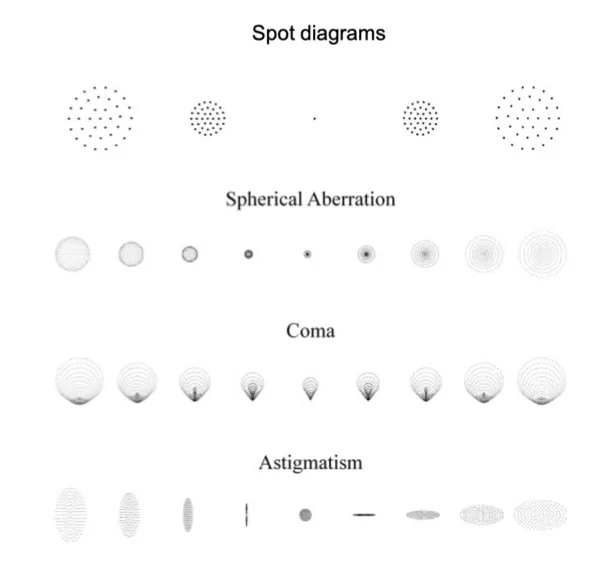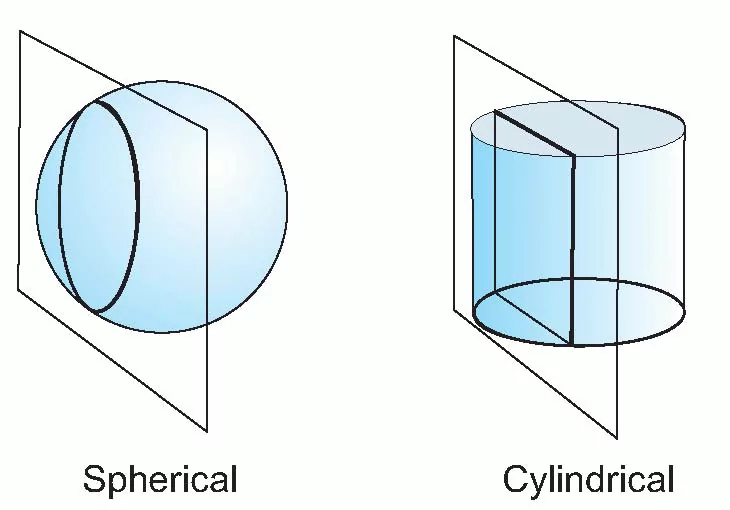Understanding Rayleigh Range: Key to Laser Beam Propagation

Introduction When working with lasers it is important to understand the physical parameters that define system performance. While some of these specifications may be readily recognizable, such as wavelength and divergence, others may be lesser-known, yet equally critical metrics. For instance, concepts like the M-factor, beam caustic, and Rayleigh Range often have immense significance in […]
Mastering Spot Diagrams: Analyzing Optical System Quality | OFH

Introduction to Spot Diagrams As optical engineers, we use different tools and techniques to evaluate the performance of an optical design when simulating the system in a ray tracing program. One of those tools are spot diagrams. They may be a little bit confusing to use at first but are an excellent way to communicate […]
5 Applications of Cylindrical Lenses

Introduction When thinking of a ‘lens’, most people have the image of a spherical lens in their mind, but there are different geometries for lenses, and one of the most common is the cylindrical lens. What’s the difference between spherical and geometrical lenses? And what applications require cylindrical lenses? In this article we will discuss […]